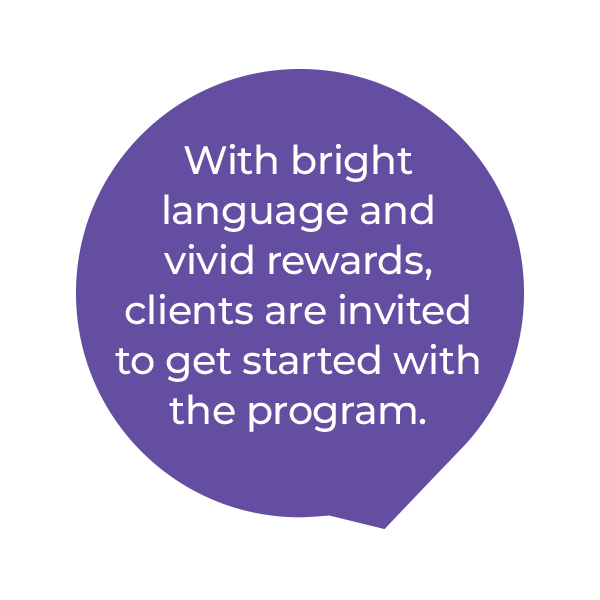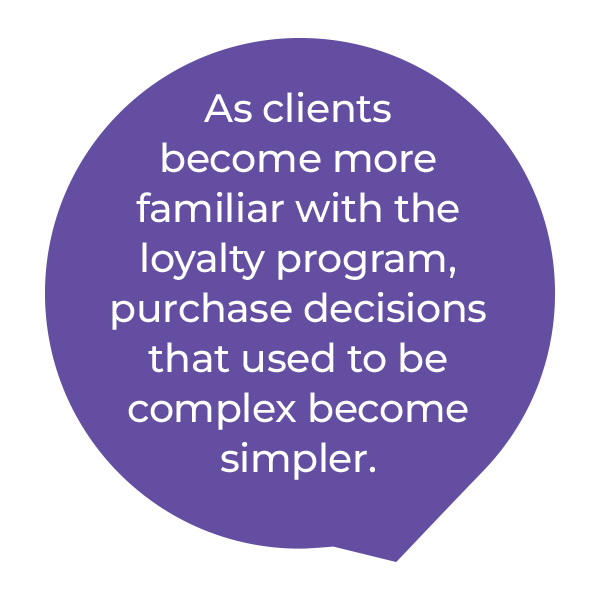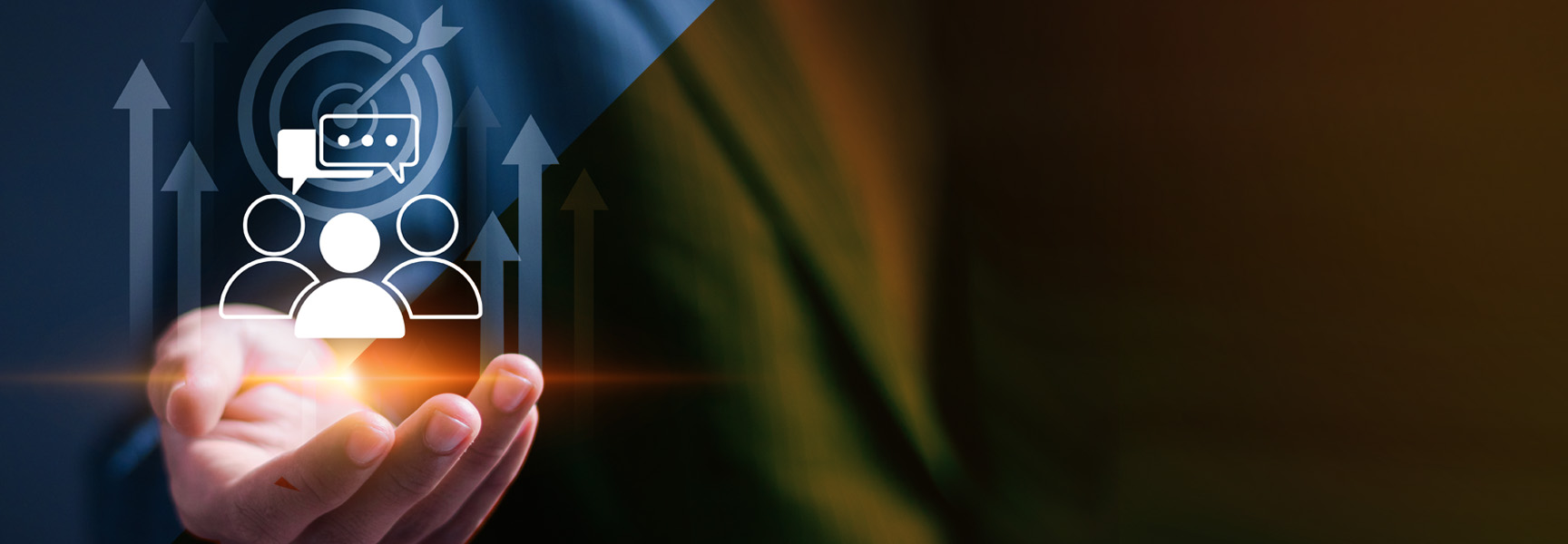Loyalty programs work for both consumer and B2B markets, but B2B markets are an especially good fit. This is because a lot of B2B products involve large ticket items like construction products or home appliances. While a consumer may buy only one unit during their lifetime, a B2B client may buy thousands per year.
In fact, long-term B2B customers are likely to buy more, buy regularly, and go beyond introductory offers to buy more profitable goods. But keeping these customers interested takes effort. The competition is constantly working to lure them away. Customers aren’t going to keep coming back unless they’re given a reason. Even if they genuinely prefer a certain brand, meaningful incentives that are organized in an easy-to-use platform will greatly increase loyalty over time.
The B2B loyalty program advantage
It’s hard to reach B2B clients through mainstream media, and it gets harder all the time. You can try a social media campaign, TV, or print, but B2B clients are busy. They may be tough to reach during business hours, and they may not want to think about work once they shut down for the day.

A loyalty program begins with an established contact list of customers who have already made a purchase. That in itself helps cut through advertising noise and make a connection. Instead of using the “spray and pray” method of blasting ads to a purchased list of distant prospects, B2B vendors can tap into customers who are already familiar with them. Inviting these customers to enroll in a rewards program lets them know they’re valued and the vendor is committed in the long term. Once a recipient enrolls, they quickly discover more advantages.
For instance, a loyalty program can provide efficiencies in purchase tracking, help the B2B client save money, and give the B2B client more chances to see the vendor as a great business partner. Over time, the end client begins to trust the vendor even more, and the vendor earns the right to keep communicating. All these features lead to greater B2B client satisfaction and more sales.
How behavioral economics tie in
To keep B2B clients interested, a loyalty program might use behavioral economics tools such as vividness, heuristics, and idiosyncratic fit. With bright language and vivid rewards, clients are invited to get started with the program. Incentives and ease of use then provide clients with shortcuts on purchase tracking, for example, and business advantages (idiosyncratic fit) for buying again and buying in bulk.


As clients become more familiar with the loyalty program, purchase decisions that used to be complex become simpler. With automated purchase tracking and points dashboards, clients soon find the loyalty program so convenient that it’s too good to pass up.
A loyalty program also allows marketers to evolve and grow with their B2B customers. The more they learn from the program’s key performance indicators and site analytics, the faster they can adapt to trends and tap into opportunities to boost sales.
By paying attention to what incentives B2B customers appreciate, a loyalty program can generate significant boosts in sales while keeping customers coming back for more.
